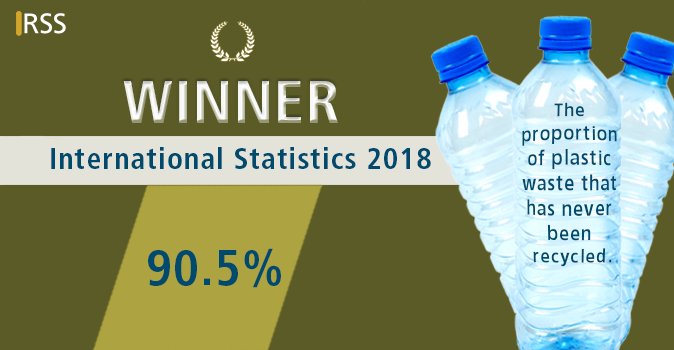
Just heard that C.R. Rao had passed away on Wednesday. Above is a 1941 picture I photographed while attending the jubilee of the Department of Statistics of the University of Calcuta. Showing R.A. Fisher and P.C. Mahalanobis surrounded by faculty and students from the Department. Including a very young Rao who would a few years later go to Cambridge and write a PhD thesis on ANOVA under the supervision of R.A. Fisher. While my own interactions with C.R. Rao have been quite limited, from attending a seminar dinner with him when he visited Purdue University in 1988, to writing a critical assessment of Pitman nearness that he reportedly disliked, to writing chapters in some of the handbooks he edited and a review paper on Rao-Blackwellisation for the International Statistical Review special issue for his 100th birthday (which almost coincided with mine, one day off), he stood as a giant of the field, having impacted statistics and beyond in many and profound ways. The Hindu published an obituary immediately after his death, while Current Science has a longer if older biography full of pictures and Significance a series of articles on “C.R. Rao’s Century”. However, I’d like to recall this quote of his’, acknowledging his mother for his work habits.
‘For instilling in me the quest for knowledge, I owe to my mother, A. Laxmikanthamma, who, in my younger days, woke me up every day at four in the morning and lit the oil lamp for me to study in the quiet hours of the morning when the mind is fresh.’
![A letter in the June 2021 issue of Significance, promoting the theory that Richard Price could have discussed Bayes' theorem with [the Encyclopedist] Abbé Morellet in London in 1772, who could then have reported the result to Condorcet [who died in 1994 in suspicious circumstances in his cell in my neighbourhood of Bourg-la-Reine] in Paris, and maybe Condorcet passed along the notion to Laplace... Without further clues, this is a rather sketchy theory, if defended by Herb Weisberg.](https://xianblog.files.wordpress.com/2021/07/img_20210724_192045.jpg?w=450&h=600)
 In the latest
In the latest 
